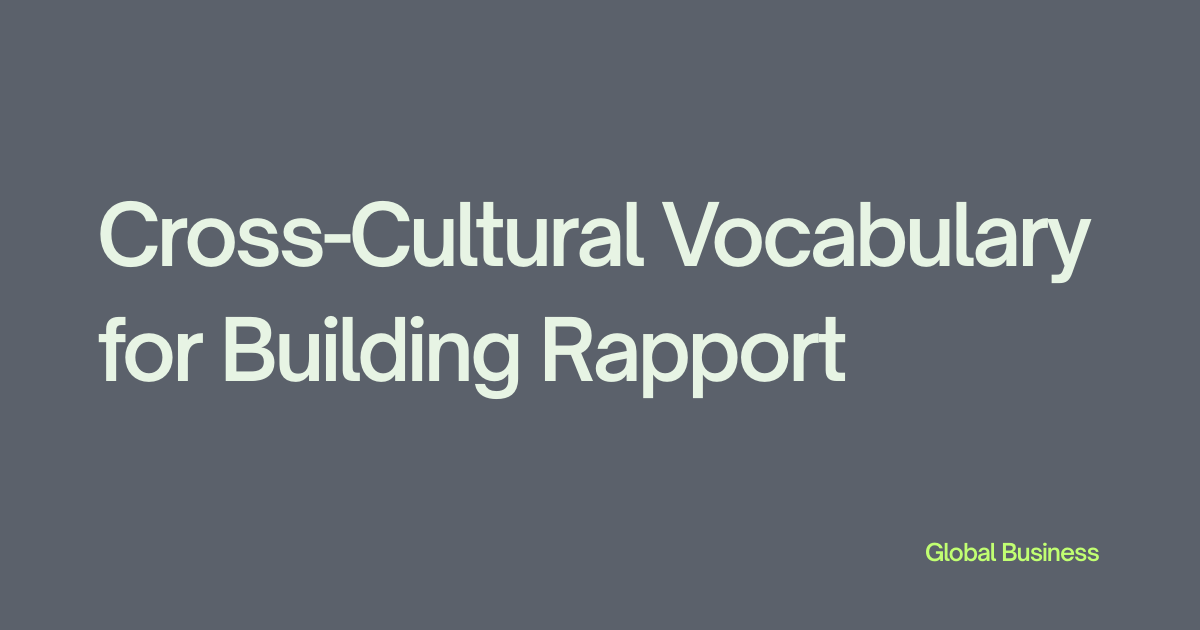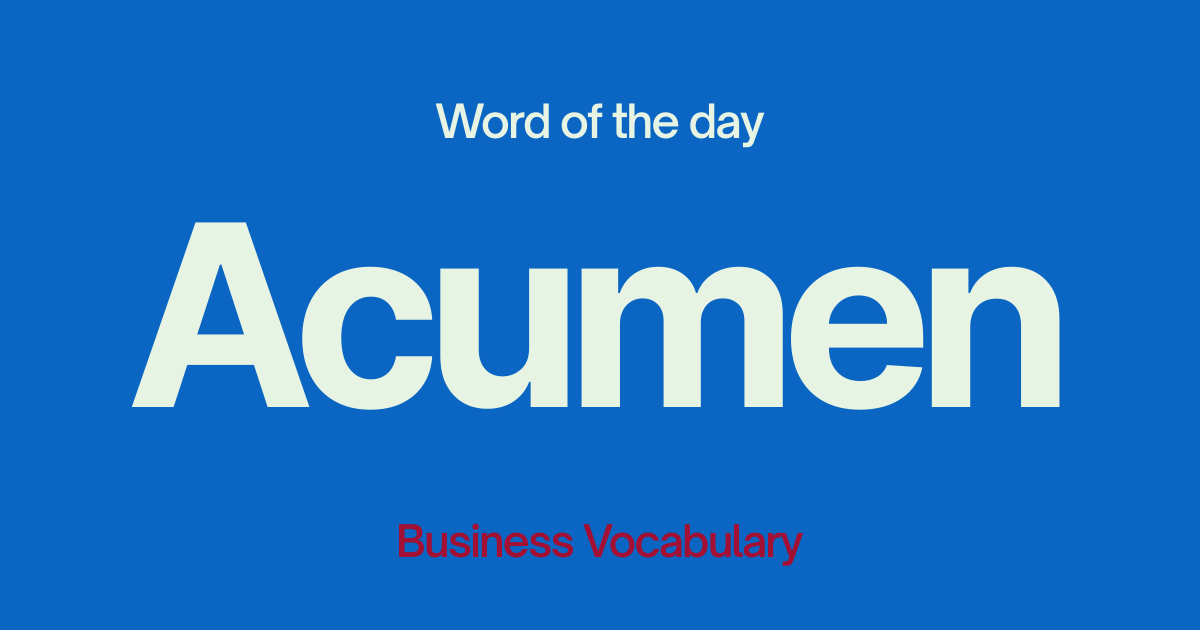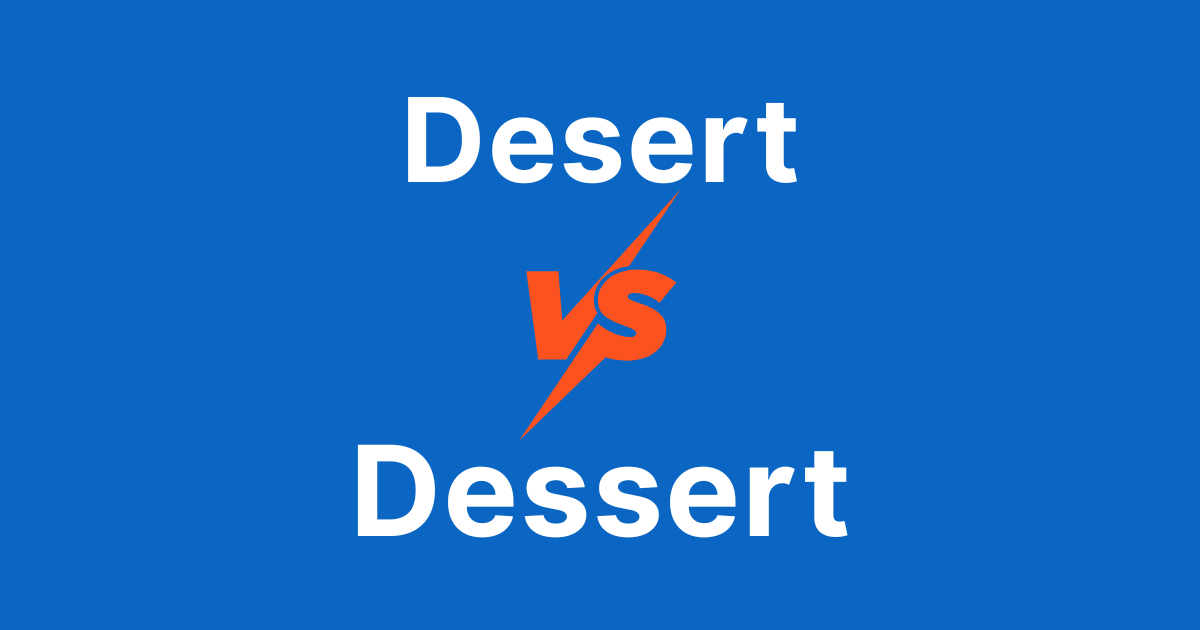Introduction
You’re meeting with an overseas partner for the first time. The deal looks promising, but you can feel the cultural distance in the room. In moments like this, a few carefully chosen phrases can bridge that gap—turning polite formality into genuine connection without crossing any lines.
In cross-cultural business, words aren’t just about clarity—they’re about respect, awareness, and trust. Executives who know how to frame their language can build rapport faster and avoid misunderstandings that derail progress. The right phrases show you value the other side’s perspective, even if you’re navigating unfamiliar customs. This isn’t about speaking perfectly—it’s about speaking with intention so your counterpart feels seen, heard, and respected.
Vocabulary List
Vocabulary Short description
- “I appreciate your perspective” – Acknowledges the value of the other person’s viewpoint.
- “Could you share how this is usually approached here?” – Invites cultural insight and positions you as open-minded.
- “I’d like to understand your priorities” – Signals genuine interest in their goals.
- “Let’s find common ground” – Focuses the conversation on shared objectives.
- “That’s helpful context” – Validates what’s been shared and encourages more openness.
- “We value the relationship” – Makes it clear the partnership matters beyond the transaction.
Vocabulary Full description
“I appreciate your perspective” – Acknowledges the value of the other person’s viewpoint.
Example: “I appreciate your perspective on the local market’s needs.”
Tip: Works well early in discussions to build goodwill.
“Could you share how this is usually approached here?” – Invites cultural insight and positions you as open-minded.
Example: “Could you share how this is usually approached here so we can align our process?”
Tip: Avoids assumptions and shows respect for local practices.
“I’d like to understand your priorities” – Signals genuine interest in their goals.
Example: “I’d like to understand your priorities before we suggest changes.”
Tip: Helps uncover hidden factors influenced by cultural context.
“Let’s find common ground” – Focuses the conversation on shared objectives.
Example: “Let’s find common ground before we discuss timelines.”
Tip: Effective for defusing potential cultural or strategic clashes.
“That’s helpful context” – Validates what’s been shared and encourages more openness.
Example: “That’s helpful context for how decisions are made here.”
Tip: Small phrase, big signal that you’re listening closely.
“We value the relationship” – Makes it clear the partnership matters beyond the transaction.
Example: “We value the relationship and want to ensure it grows over time.”
Tip: In many cultures, relationship-building precedes deal-making.
Scenario
You’re on a video call with a potential partner in another country. You open with, “I appreciate your perspective,” after they outline their market’s challenges. You follow with, “Could you share how this is usually approached here?” to understand their standard process. When priorities come up, you say, “I’d like to understand your priorities,” and they reveal important timing concerns. To navigate a disagreement, you add, “Let’s find common ground,” steering toward shared goals. As they explain decision-making steps, you respond, “That’s helpful context.” You close with, “We value the relationship,” ensuring they know your commitment runs deeper than the deal.
Takeaway
When dealing across cultures, trust isn’t automatic—it’s earned in small moments. These phrases keep conversations respectful, inclusive, and forward-moving, ensuring your leadership presence translates anywhere in the world.
Want to speak with confidence in any cultural setting? Let’s refine the phrases that build rapport no matter where your next deal takes you.




Comments